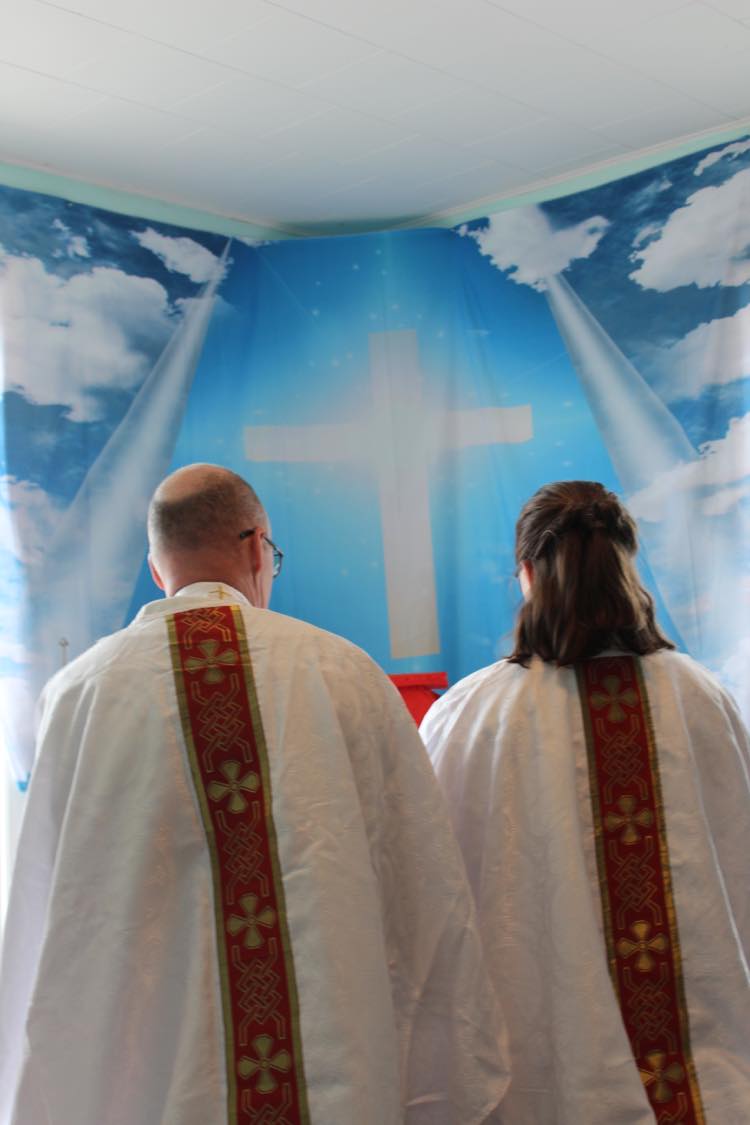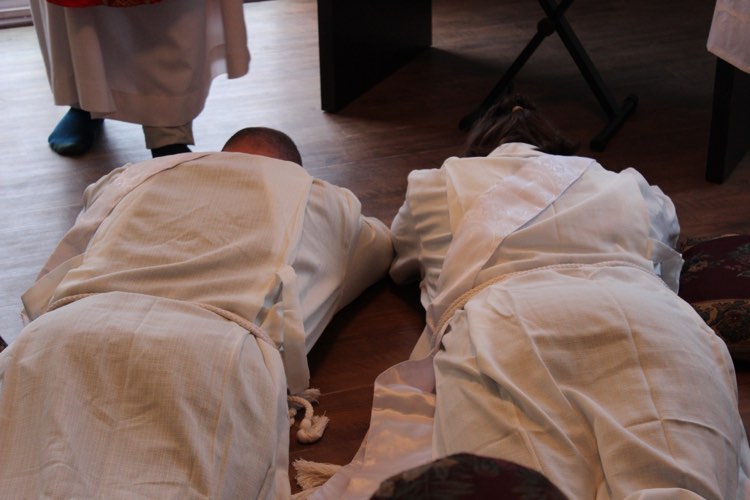- Home
- Seminary Studies
- Homiletic Studies
Simply Catholic and Welcoming You
Homiletic Studies
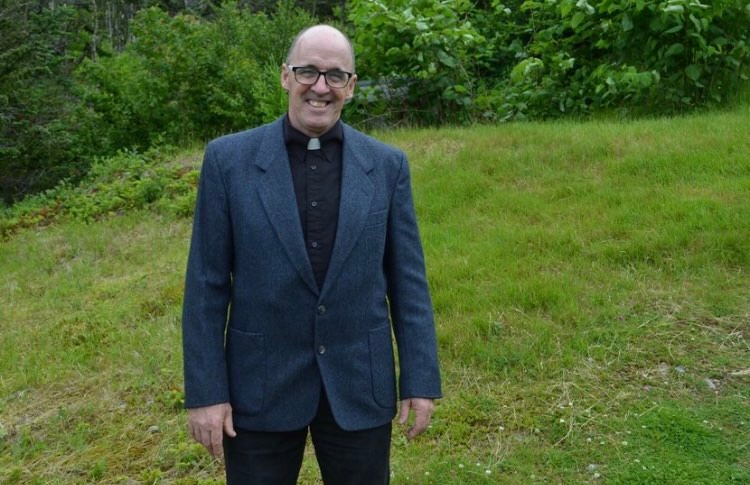
Fr Philip Bradley
By definition from the Oxford Language Dictionary; Homiletics -the art of preaching or writing sermons. In 2015 a bishop put me onto the book Homiletics -The Practice of Preaching, Revised Edition by Paul Scott Wilson. I fell in love with this work as it most closely captured the concepts, theories and practices I was taught back in the late 1960’s. (Yeah, I’m really dating myself lol.)
Going forward we will use this book as our reference material for seminarians as they study sermon writing and delivery. Clergy have many styles of sermons and sermon delivery. Some are great. Some miss the mark and some are nothing more than an excuse to stand there and pontificate to a ‘captive audience’.
The teaching offered in this book can greatly help students of the ‘art’ better understand the how, why, how long and when of effective homily preparation and delivery. I smile because it reminds me so much of my own learning time and experiences.
Homiletics; My Own First Instructions
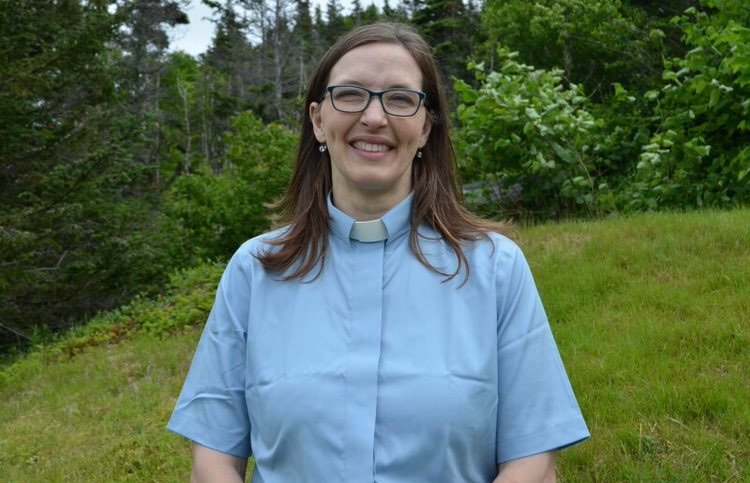
Amma Charlene Bradley
When I first felt called to the priesthood, I got in touch with a vocations director, Fr. Doran (R.I.P.) who also became my first homiletics teacher/mentor. He was a wonderful man and great priest. He was also a no nonsense, down to earth and very practical man.
One of the first things he taught me, as he drilled it right into my little hard-drive, was “ seven to eleven gets them to heaven, anything more and they’re out the door”. Variations were “anything more they’re just getting bored” or ….”you’re making them snore”. His little sayings stayed with me and, the longer I do this the more sense they actually make.
His whole point was to make your point, explain and expand as needed and not one word more than needed, summarize your point (in one take away sentence if at all possible) and shut up.
His other saying was that “People’s heads only work till their butt gets sore” or “attention only lasts till their butt hurts”. Rather pointed ways of saying that once people get uncomfortable and need to shift around in their seats you’ve lost your audience. Now they’re just trying to endure until you stop talking and they can move on.
He understood perfectly that most people got more out of a short, focused sermon than a lengthy monologue or a rambling discourse. You are not there to show people in the congregation how much you know or what a great speaker you think you are. You are here to help bring the teachings of Jesus alive and make them relevant today!
If you focus starting from your preparation, and writing. Practice and time your talk and trim it back to the 7 to 11 minutes duration and keep your focus clear to both yourself and your listeners, especially if you give them a key phrase that sticks with them. They will take home more from such a talk than they ever could from any lengthy speech that left them shifting uncomfortably in their seats, checking their watches and wondering when you were going to stop talking and move on.
Homilies are even more effective when they clearly state or remind your listeners of God’s Love and forgiveness for them each individually, give a call to action for them to implement in the week following or speak directly to some current challenge the parish is facing.
Fr. Doran emphasized the connection of ‘sin then, sin now’ and ‘grace then, grace now’ to help listeners connect the teachings of scriptures with their lives today. This is the background for my homilies, teaching and mentorship.
Homiletic Studies Today
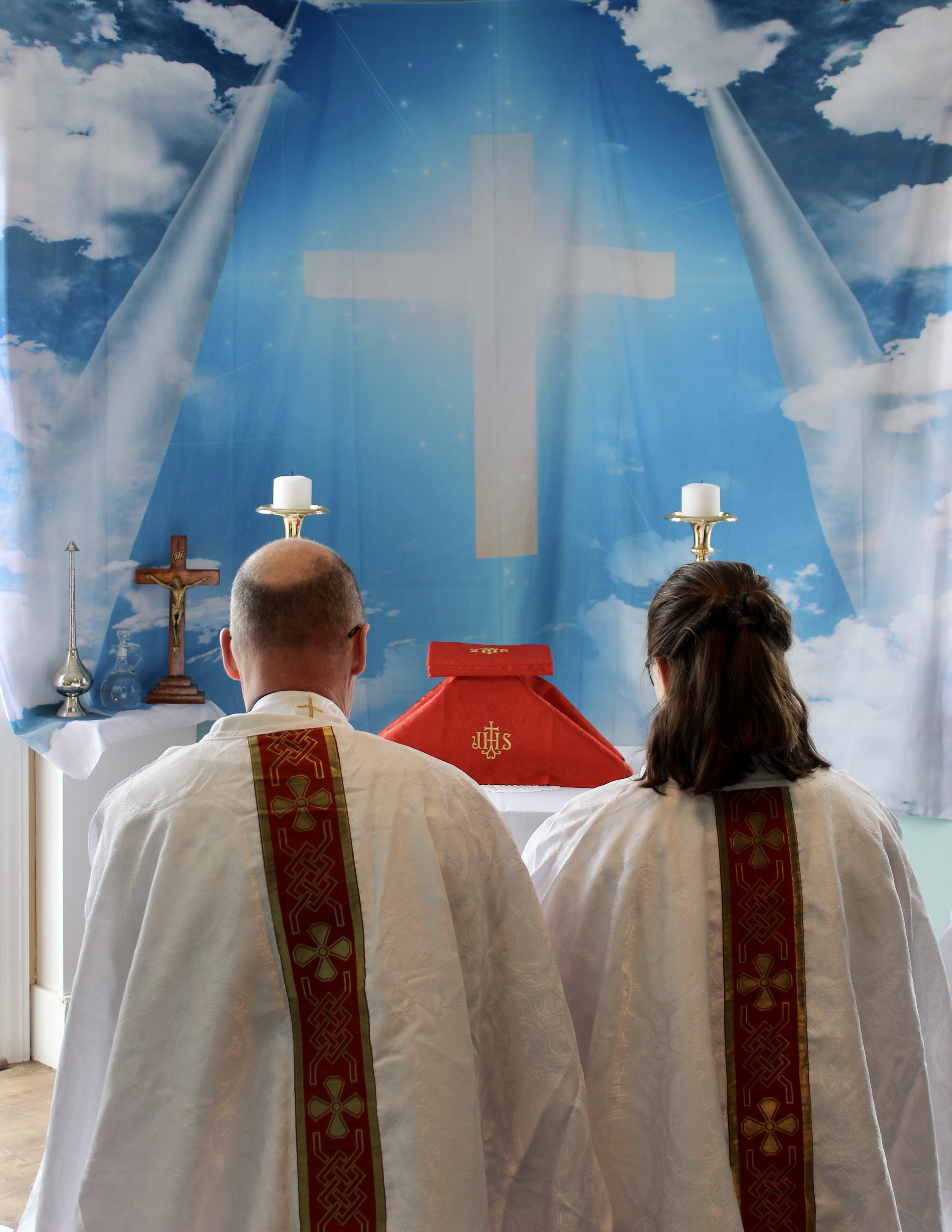
Fr. Philip and Amma Charlene Kneel Before the Altar.
Paul Scott Wilson eloquently expresses similar concepts and adds details to his book that prove him to be exactly the kind of sought after teacher he is today. He, like Fr. Doran, simplifies homiletics while still totally explaining exactly how to develop and deliver effective sermons.
SInce sub deacons can be called to preach and often fear doing so, we get students to start into this book and its exercises at the sub deacon level. We respectfully suggest that all students become familiar with the book, complete the exercises it contains and practice preparing, writing and, even if only to their mirror, deliver their homilies.
If you are in a position, or expect to be in a position where you will be preaching then this work and practices become all the more important. At the Sub Deacon level this is a ‘suggestion’ and something we will help mentor you with, especially if you are aware that you are called to preach at this time.
At the level of Sub Deacon training to be a Deacon this book and the preparation, writing and delivery of sermons will become an ‘expectation’ in your progress. We will then have you prepare and deliver practice homilies to us for positive critique and feedback in preparation for you then delivering your homilies to a congregation. This may be in person in your ministry and location or online with us in our planned weekly online masses.
Recent Articles
-
Catholic-Confession
Apr 19, 25 08:53 PM
Full breakdown of the Catholic Confession Sacrament of Reconciliation -
Ordination, incardination and dismissal of clergy
Mar 03, 25 06:47 PM
Overview of Ordination to Holy Orders, incardination and dismissal of clergy -
Catholic Last Rites
Mar 03, 25 06:41 PM
An explanation of the Catholic Last Rites and Anointing of the Sick
